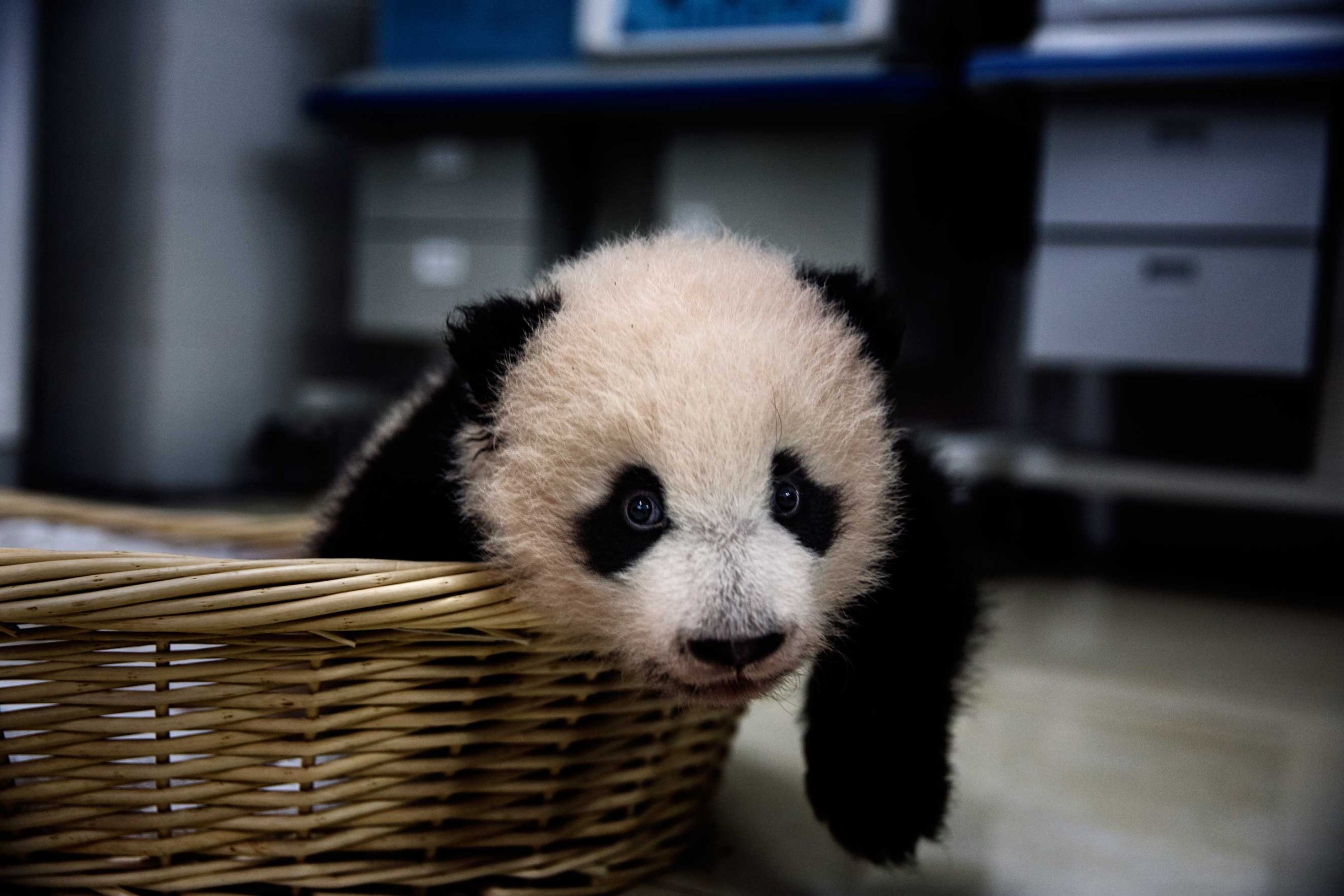
To work in China as a foreign correspondent or photographer is to live in fear of pandas. It’s the cliché, really, like being compelled to write about kangaroos in Australia or badgers in England. In fact, in more than 15 years of covering China, I had somehow avoided reporting on China’s national animal. So too had photographer Adam Dean, who has called China home for eight years.
It turns out that the black-and-white beasts are a great story — from the way they have evolved into political animals deployed in international diplomacy to the growing effort to introduce them into the wilds of China’s Sichuan province. (See TIME’S magazine story on the latest in all things panda.) But who would have expected that covering the giant panda required the journalistic equivalent of method acting? As the rewilding experiment unfolds in the misty furrows of China’s southwest, anyone who comes in proximity to pandas — be they researchers, bamboo farmers or the occasional foreign photographer — must dress the part. The panda costuming is the brainchild of Zhang Hemin, the head of China’s panda program in Wolong, Sichuan, who figures that pandas destined for the wild will be less likely to gravitate toward humans if they don’t see people in people clothes.
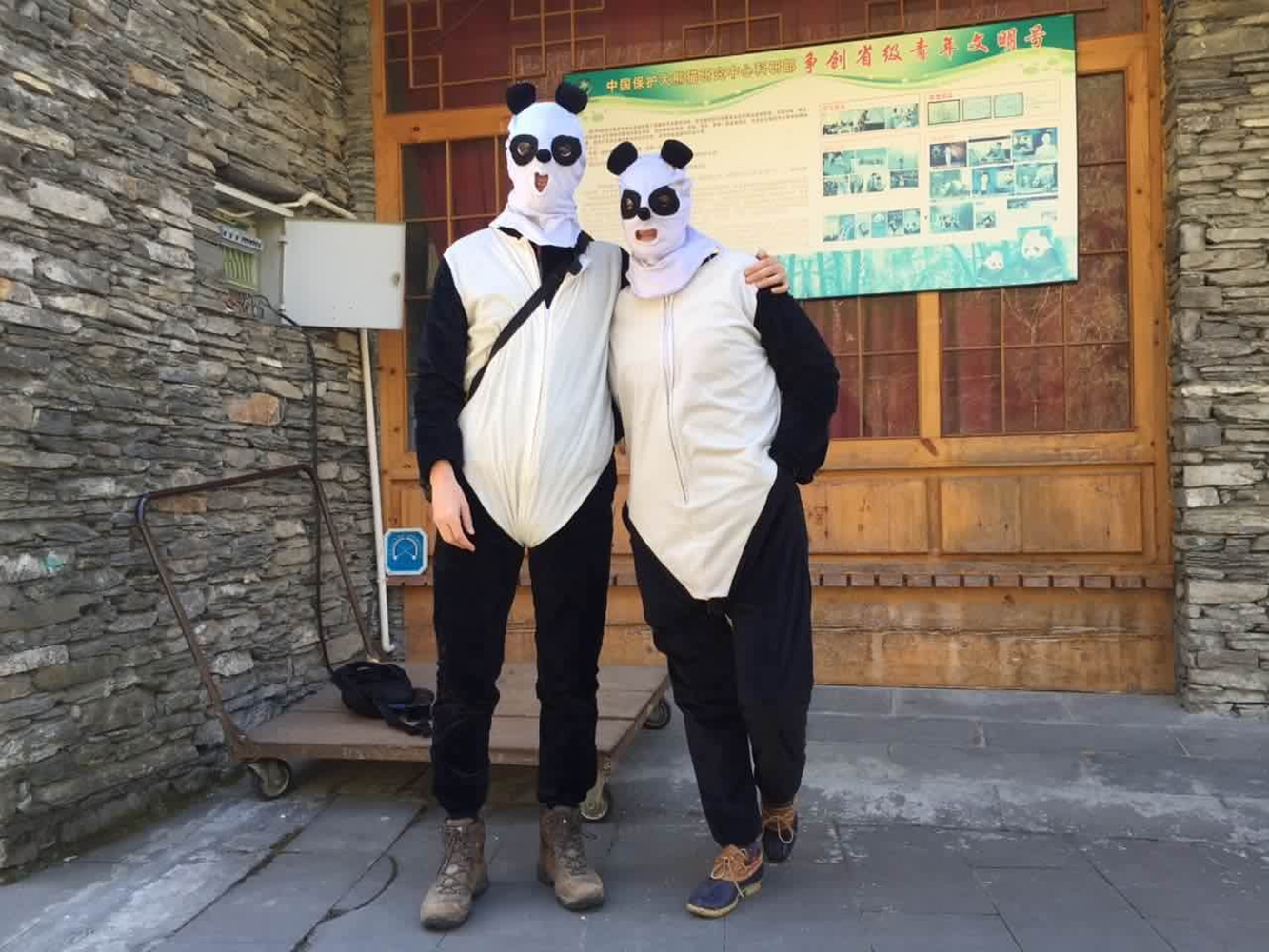
So Adam and I put on panda suits, the kind of costumes that even small children would be embarrassed to wear on Halloween. The eyeholes were jagged and the acrylic not exactly conducive to breathing. We were, at least, lucky that our uniforms were not smeared with panda urine or feces, as they sometimes are to convince pandas that these upright, camera-toting individuals are somehow related to them.
Adam, who has covered everything from conflict in Syria and Afghanistan to a typhoon’s fury in the Philippines and extremist monks in Burma, suffered for his panda assignment. Baby pandas may look adorable and benignly vegetarian, but they also possess sharp teeth inherited from their carnivorous ancestors. One baby barreled up to Adam and bit his leg. Another projectile-pooped in his direction. Still, Adam enjoyed his days documenting one of the world’s most endangered species, which, despite attempts to introduce them into the wild, may still end up surviving only in zoos. “It was hard not to feel slightly ridiculous dressed up in a panda suit that was about three sizes too small for me,” he says. “But it was a small price to pay to be able to watch and photograph the researchers and pandas so close.”
Adam Dean is a photographer based in Beijing. He is represented by Panos Pictures.
Michelle Molloy, who edited this photo essay, is a senior international photo editor at TIME.
Hannah Beech is TIME’s East Asia bureau chief. Follow her on Twitter @hkbeech. Read her feature How Pandas Are Becoming a Tool of Chinese Diplomacy on TIME.com.

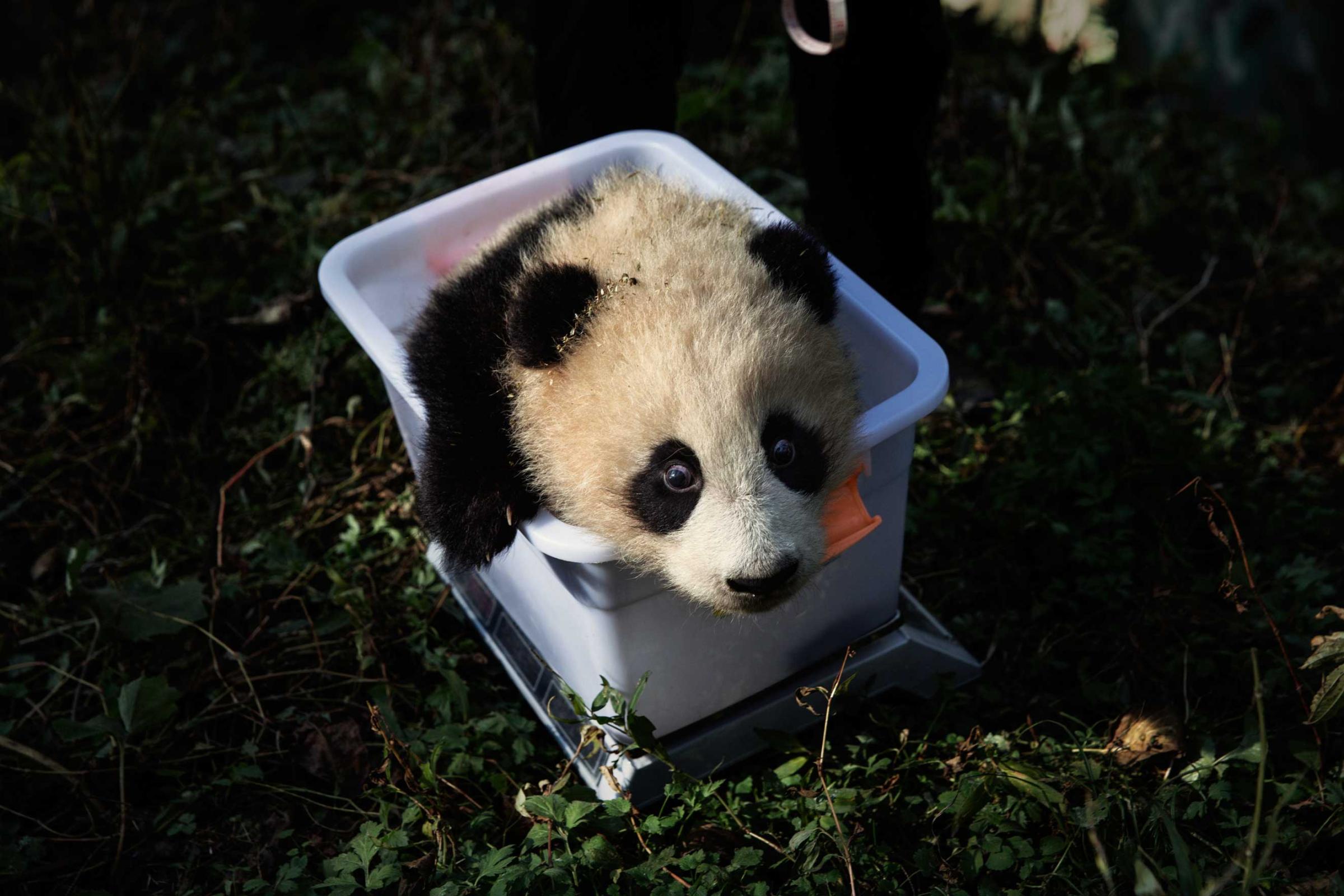
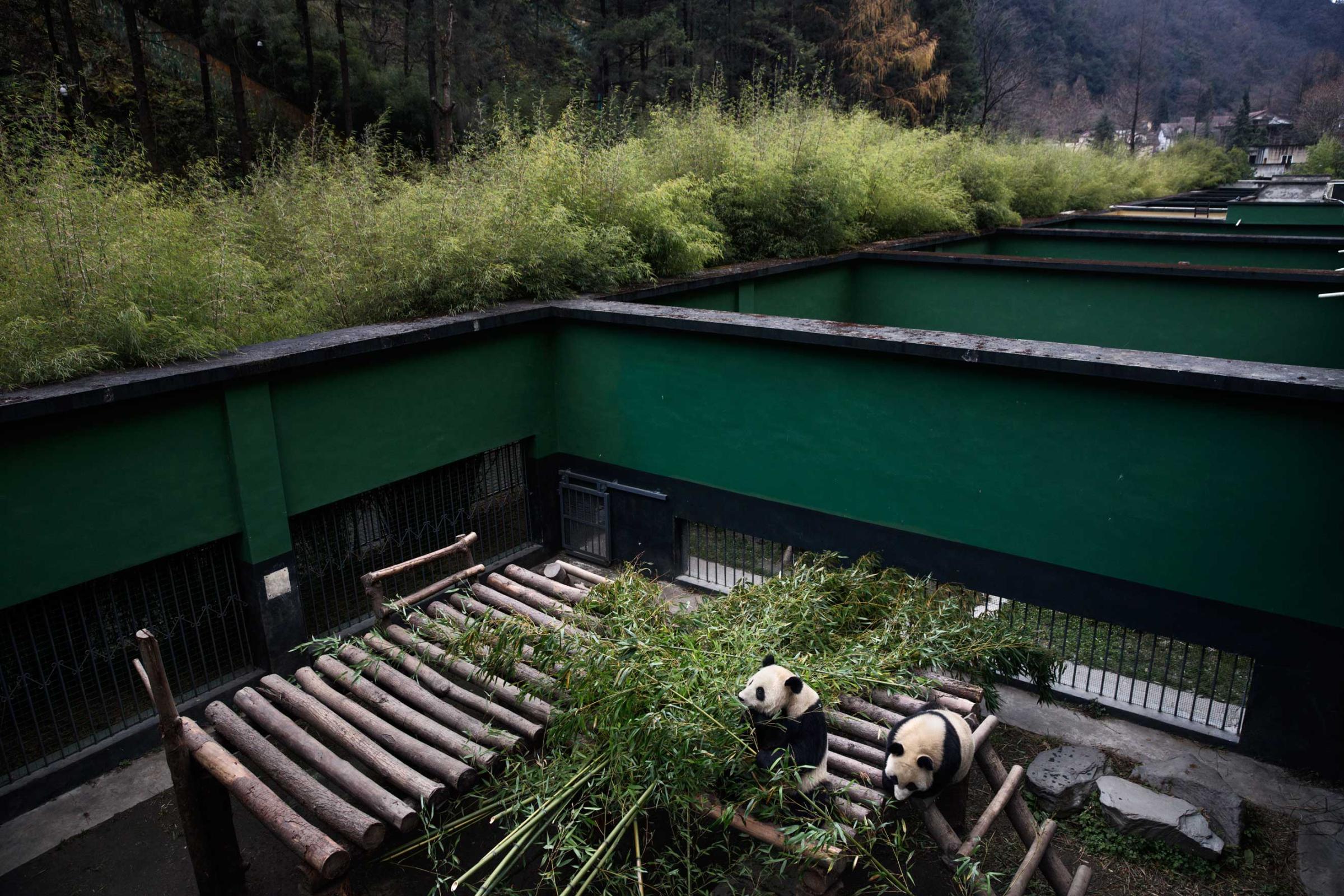
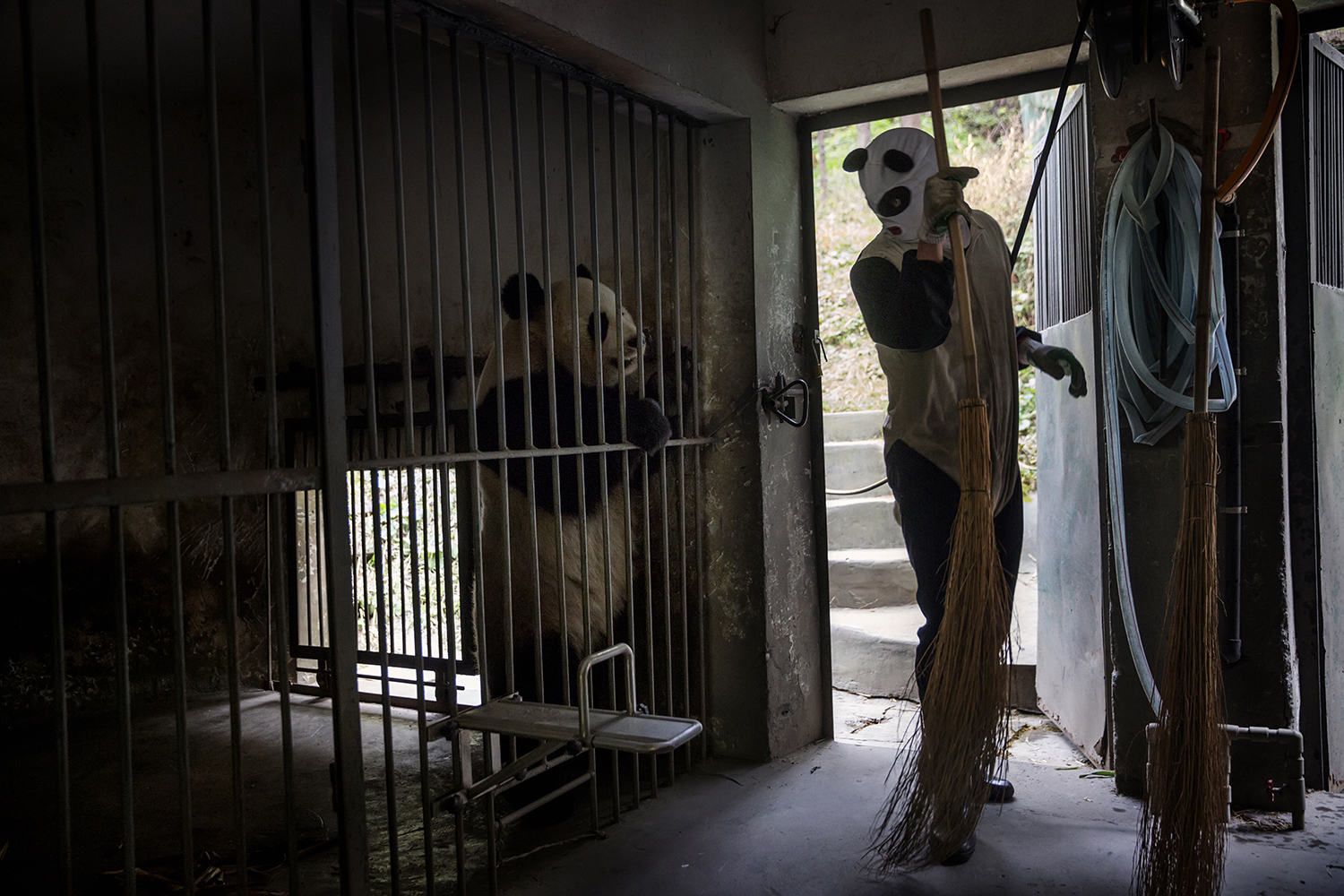

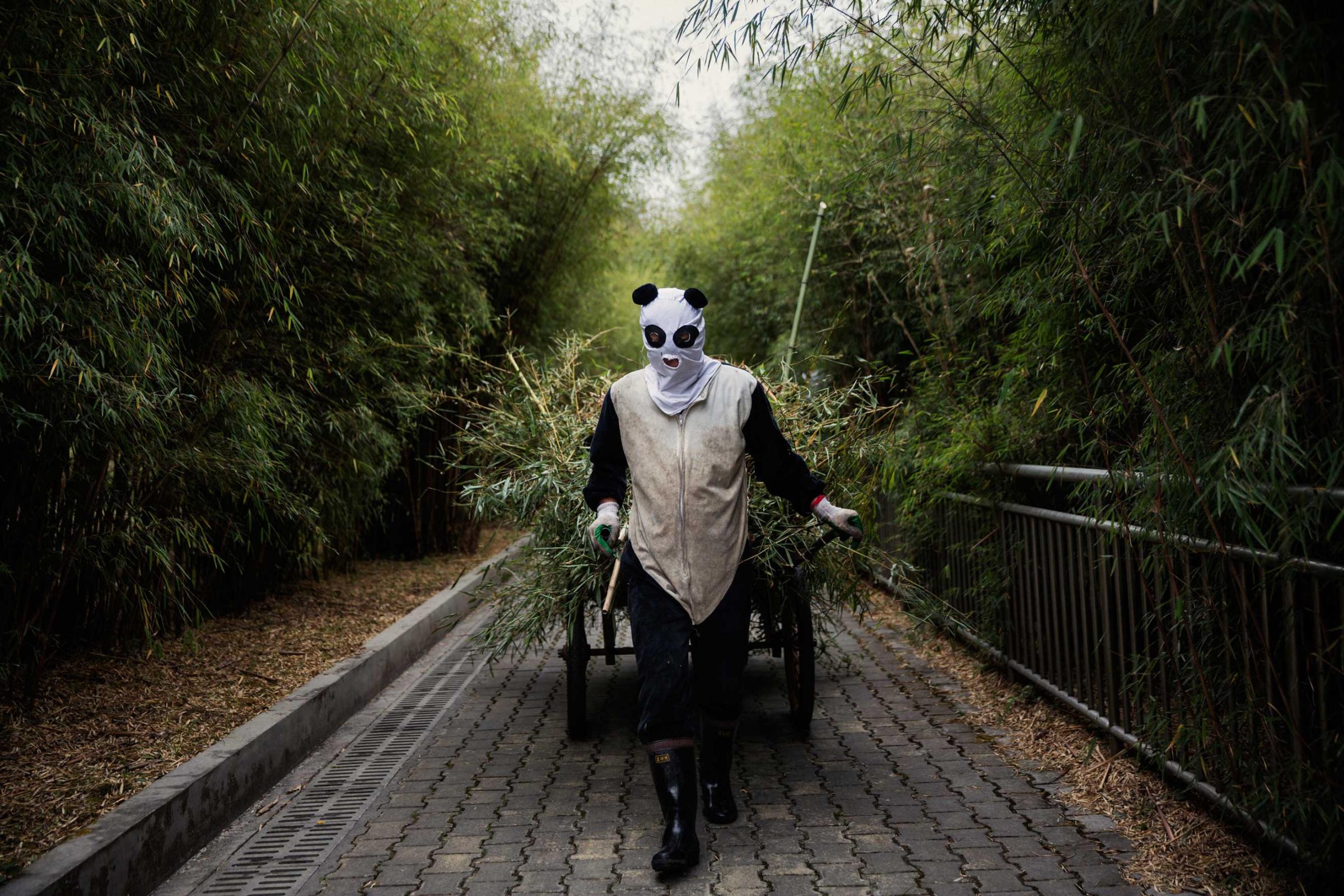
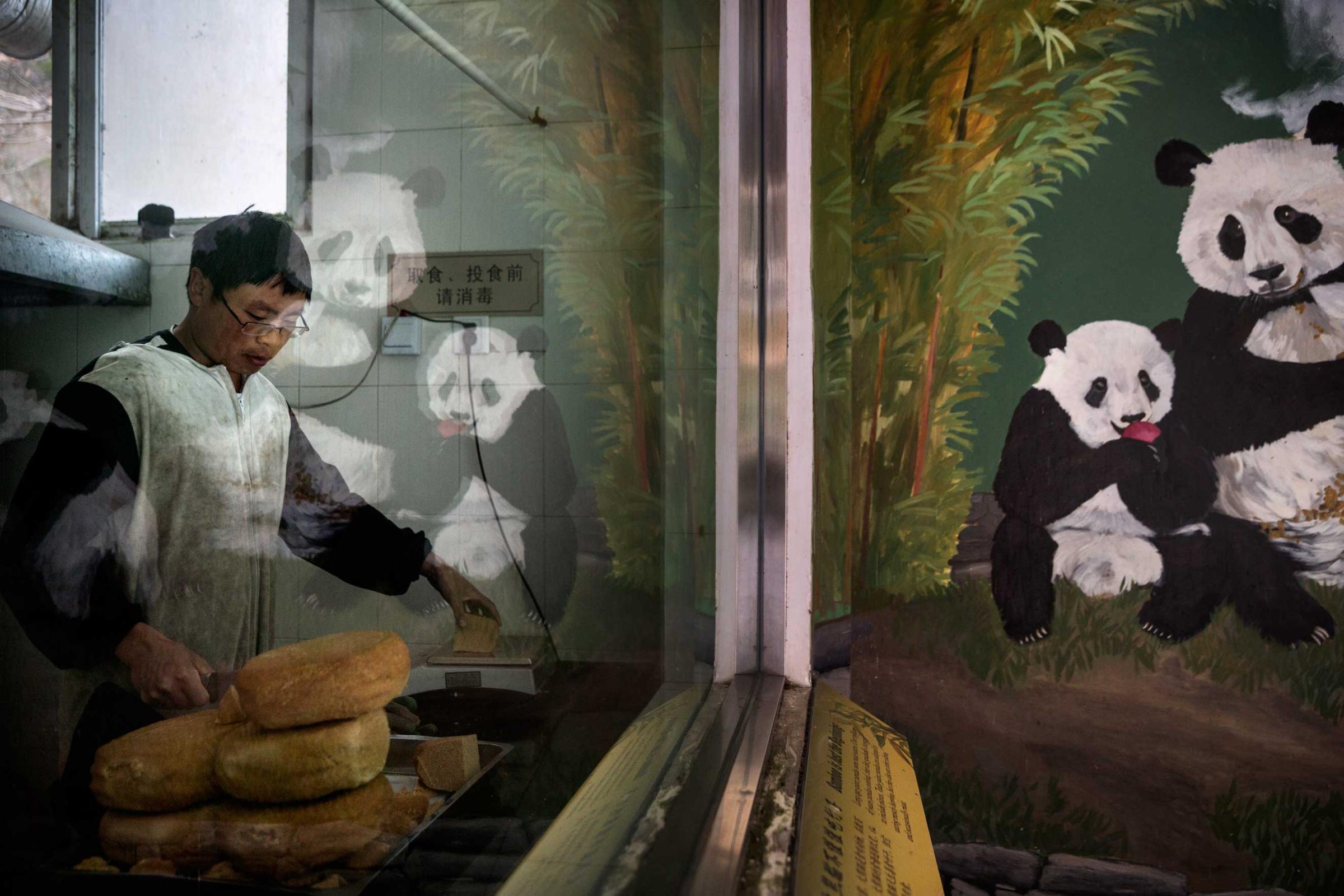

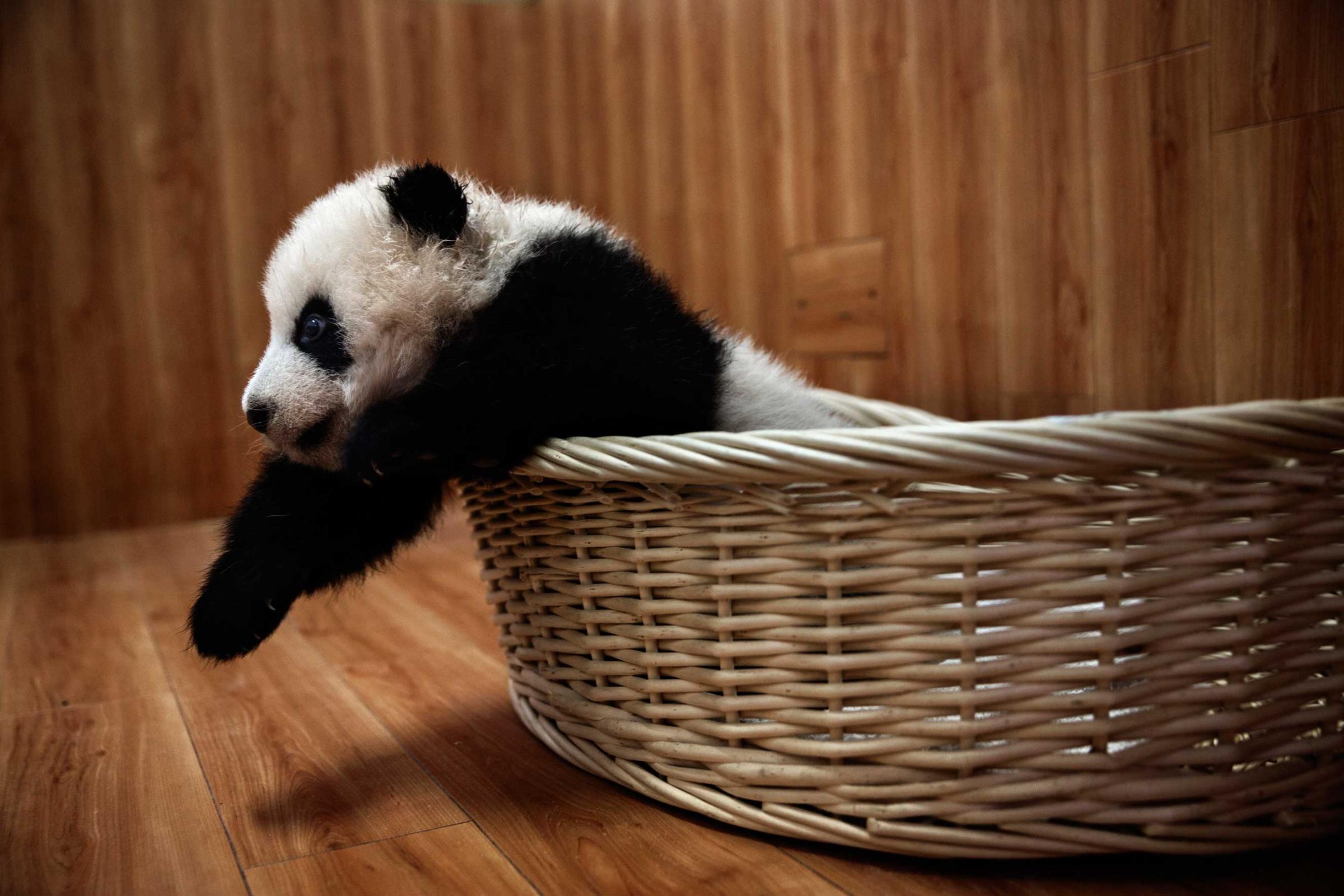
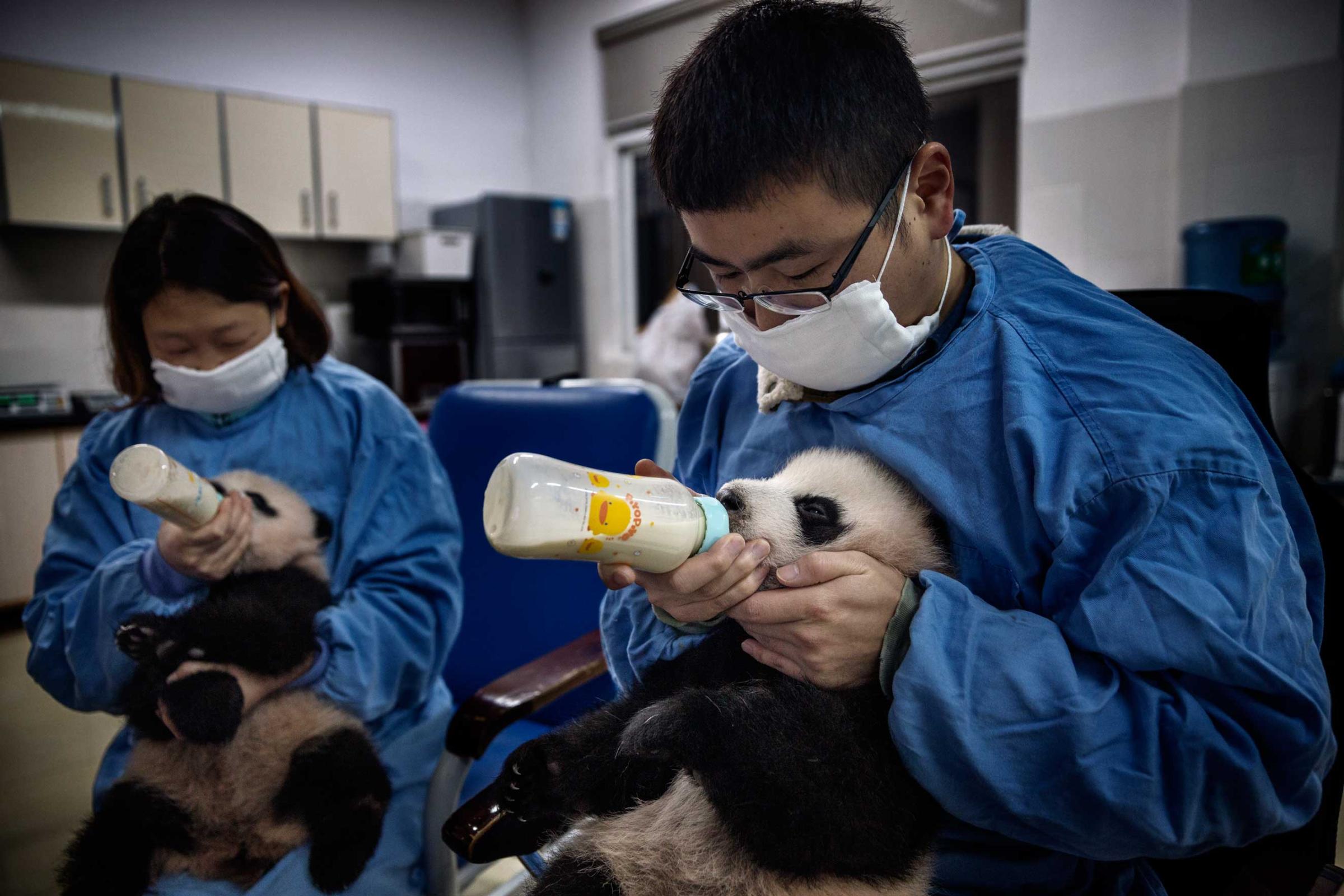
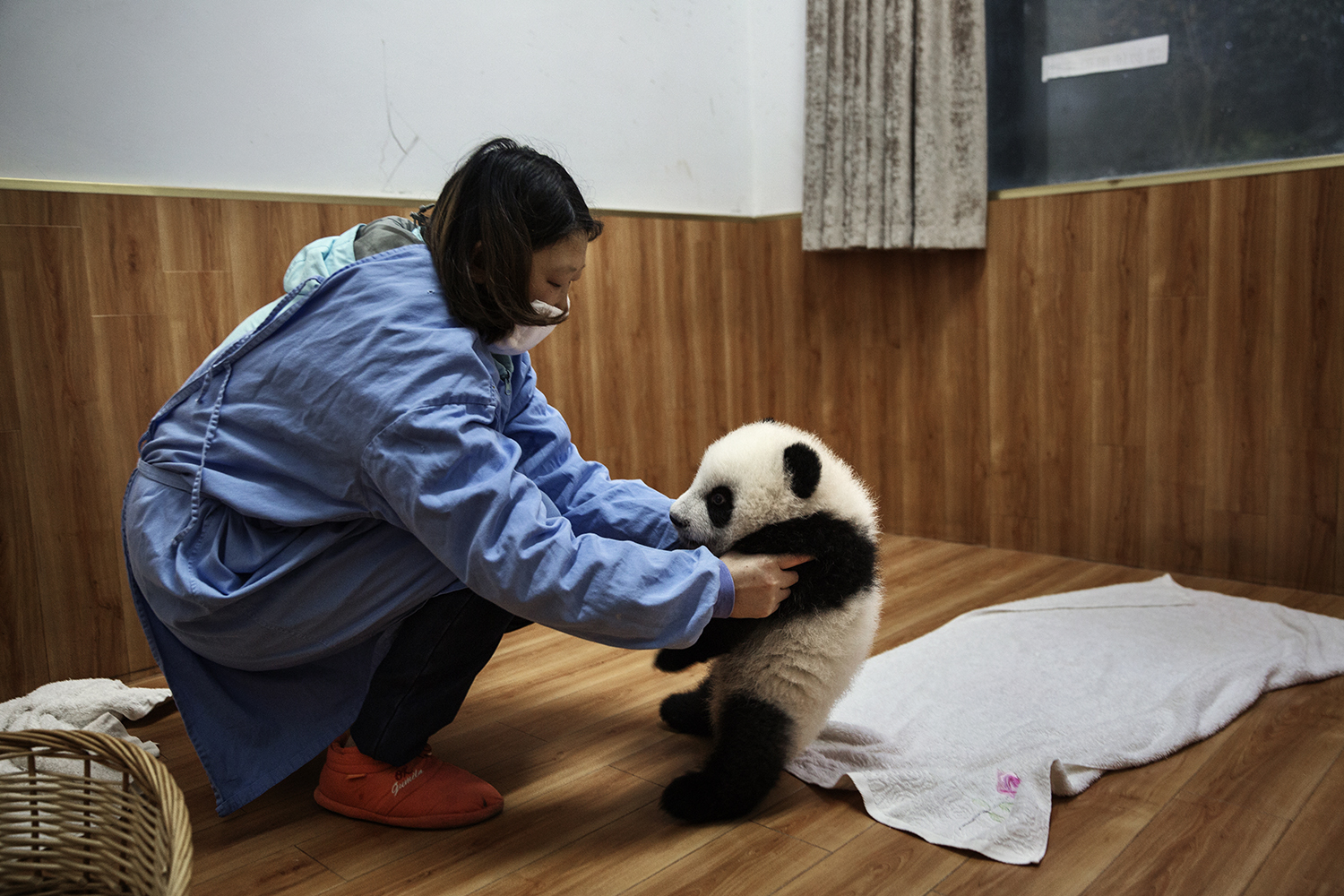

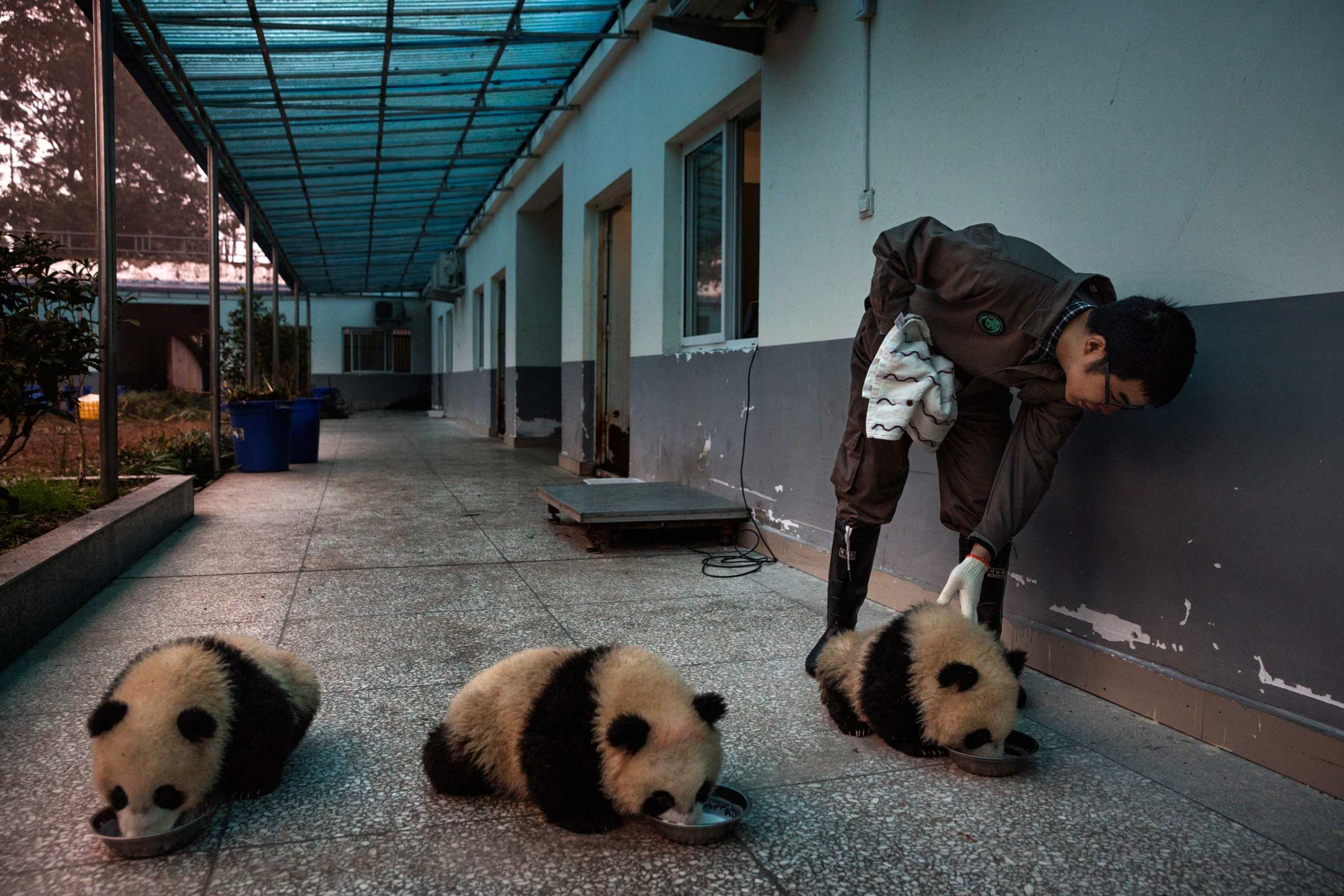

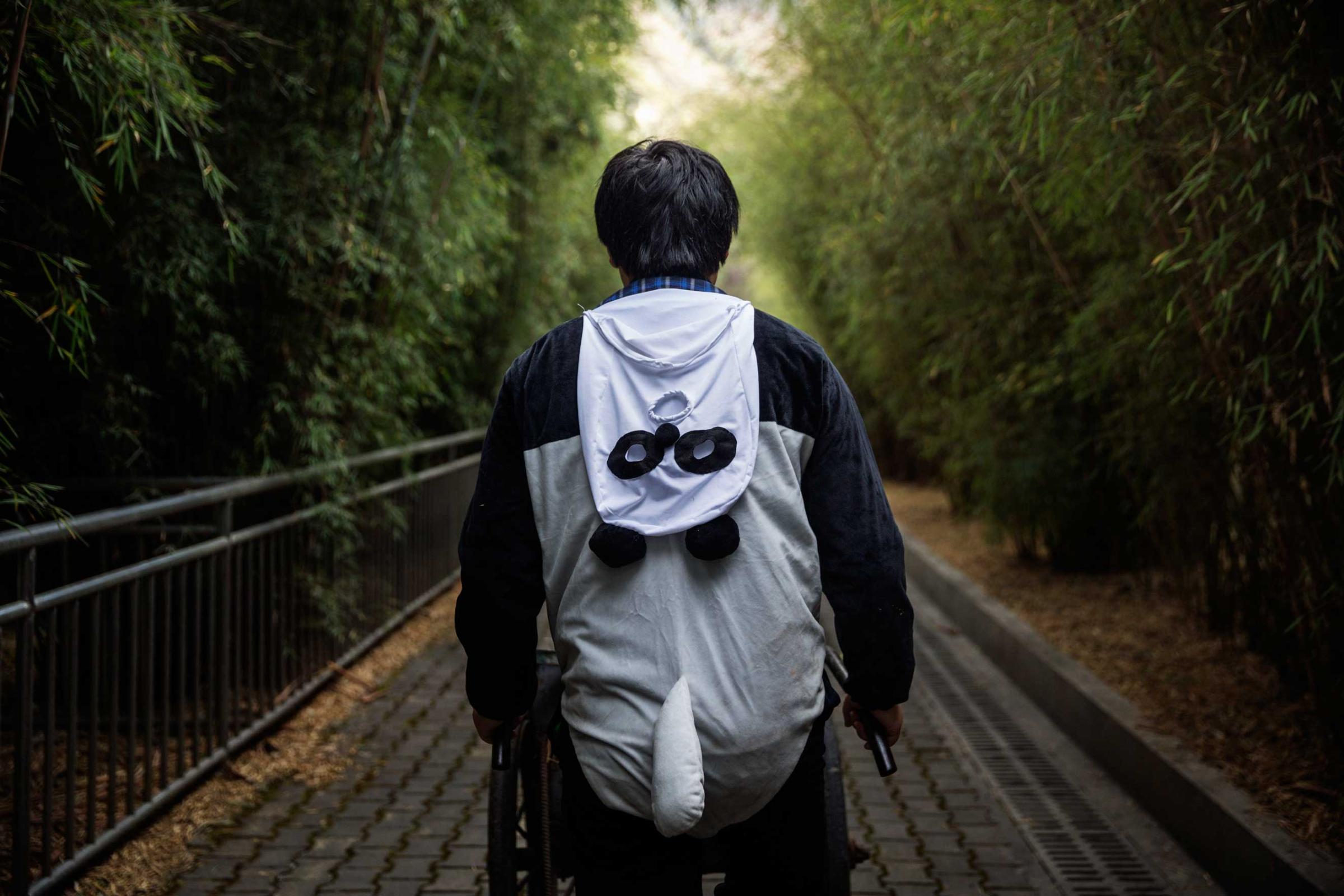
More Must-Reads from TIME
- Cybersecurity Experts Are Sounding the Alarm on DOGE
- Meet the 2025 Women of the Year
- The Harsh Truth About Disability Inclusion
- Why Do More Young Adults Have Cancer?
- Colman Domingo Leads With Radical Love
- How to Get Better at Doing Things Alone
- Michelle Zauner Stares Down the Darkness
Contact us at letters@time.com